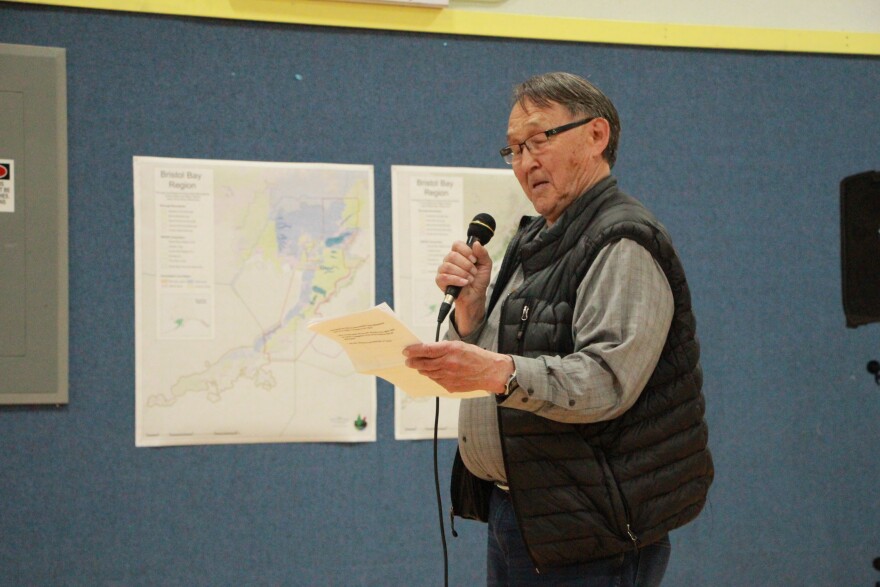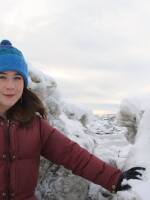Bristol Bay residents met with state commissioners and staff to discuss the purpose and potential scope of a Bristol Bay Advisory Group. DNR envisions the group will be comprised of Bristol Bay residents and stakeholders who provide suggestions, insight and feedback on land management in Bristol Bay.
The Alaska Department of Natural Resources convened a meeting in Dillingham Tuesday to discuss the re-establishment of a Bristol Bay Advisory Group. It is a group that was created in 1984 to provide input on land management decisions in the region. However, no one was ever appointed to the group, and it eventually fell by the wayside.
In April, DNR announced it would re-establish the BBAG in response to a letter from Bristol Bay stakeholder organizations. In addition to asking for a reinstatement of the group, the letter asked DNR to revisit the Bristol Bay Area Plan, which designates primary uses and management guidelines for state lands within Bristol Bay, including management of mineral development in the area.
DNR commissioner, Andy Mack, explained at Tuesday’s meeting that DNR will select a group comprised of Bristol Bay residents and stakeholders, ensuring balanced representation of geographic areas around the bay. The group’s purview, he said, will be broad.
“The group will actually dictate the topics they will take up and scope of the issues they want to discuss with the state agencies,” said Mack.
Staff and commissioners from the Department of Environmental Conservation and the Alaska Department of Fish and Game were ammong those participating at this week's meeting. After each department explained its role in conservation and development in the region, an hour and a half of the meeting was dedicated to public comment on the BBAG.
More than a dozen Bristol Bay residents asked questions of the panel and offered suggestions for the scope of the advisory group. They offered a range of suggestions for topics the advisory group could consider, from mineral development at the Pebble deposit to protection of waterways and fish habitat to subsistence hunting and fishing.
As those commenting discussed the Bristol Bay Area Plan, several expressed the hope that the state would take into account an alternative area plan six area tribes developed and recommended to the state in 2013.
Previous to formulating this Citizens’ Alternative Bristol Bay Area Plan, the tribes and other stakeholder groups sued DNR over 2005 revisions to the 1984 plan, which reclassified a significant portion of state lands for development. The lawsuit resulted in revisions that classified more land for subsistence and recreation. However, some are concerned these revisions did not go far enough toward protecting wildlife habitat.
“An incredible amount of work went into the Citizen’s Alternative, an incredible amount of research. At a minimum, if the Bristol Bay Area Group moves forward, that should be looked at. Because why keep on redoing?” asked Susan Flensburg, environmental program manager at Bristol Bay Native Association.
Several people requested that the BBAG examine topics related to subsistence.
“That we remember always to provide opportunities for subsistence and other user groups for fishing and also opportunities for subsistence and other user groups for hunting, I think that’s the two most important bullet points that I see that this advisory group needs to be concerned with,” said Joe Chythlook, Bristol Bay Native Corporation board chairman.
DNR has received more than 20 applications for positions in the BBAG. The size of the group has not yet been determined, but Mack said that the department anticipates that applicants will be selected and the group will begin meeting by fall of this year.
Contact the author at avery@kdlg.org or 907-842-5281.



